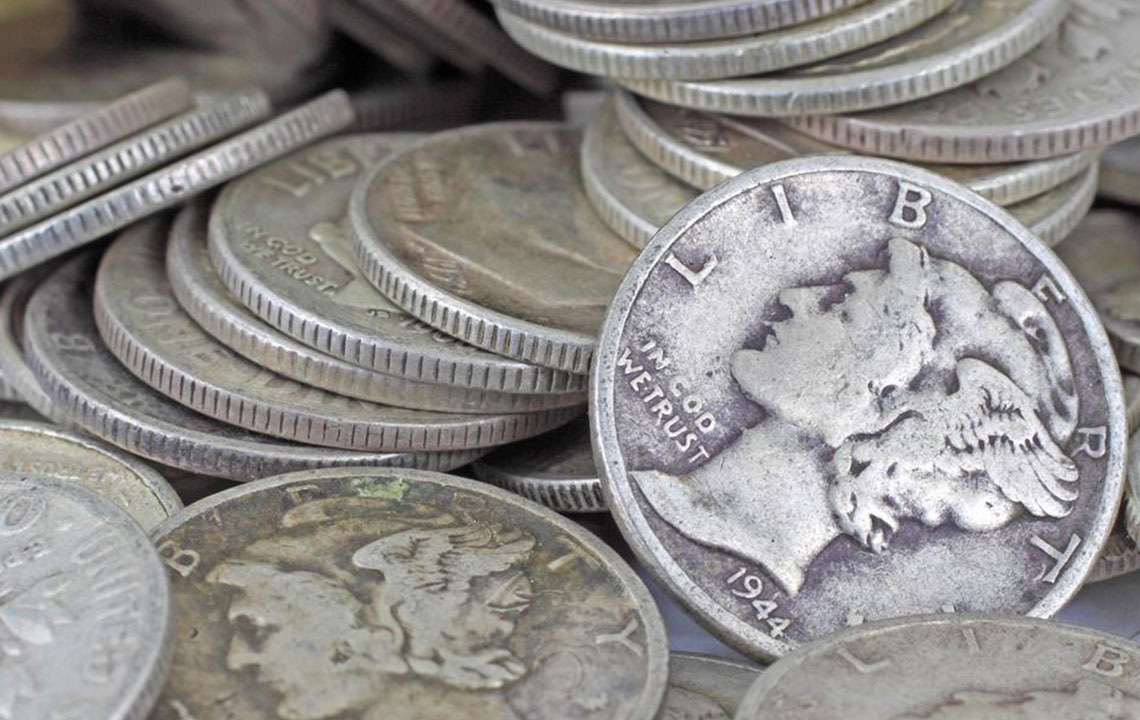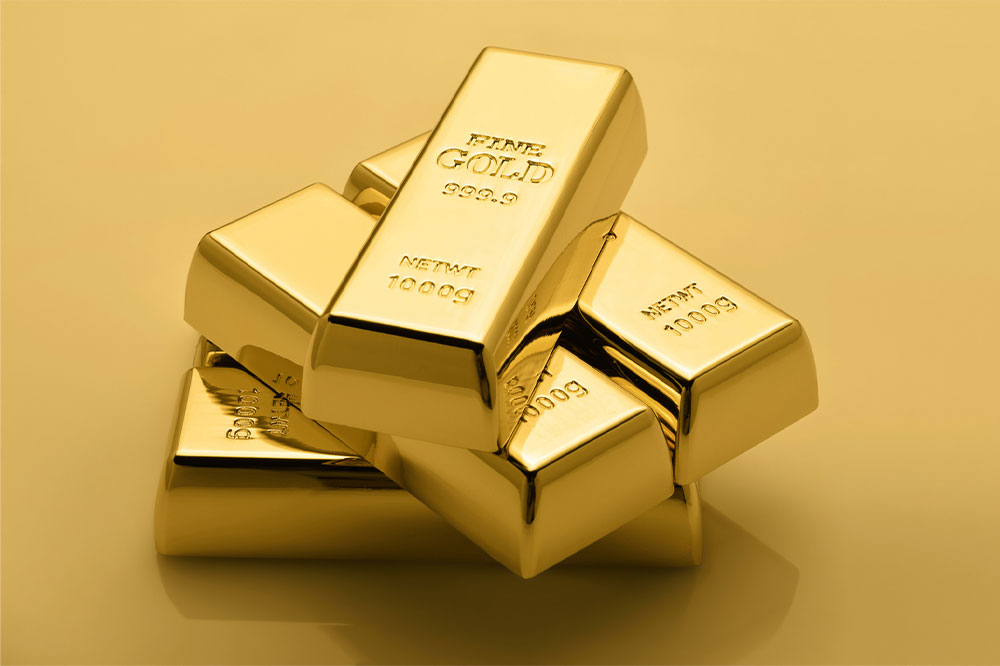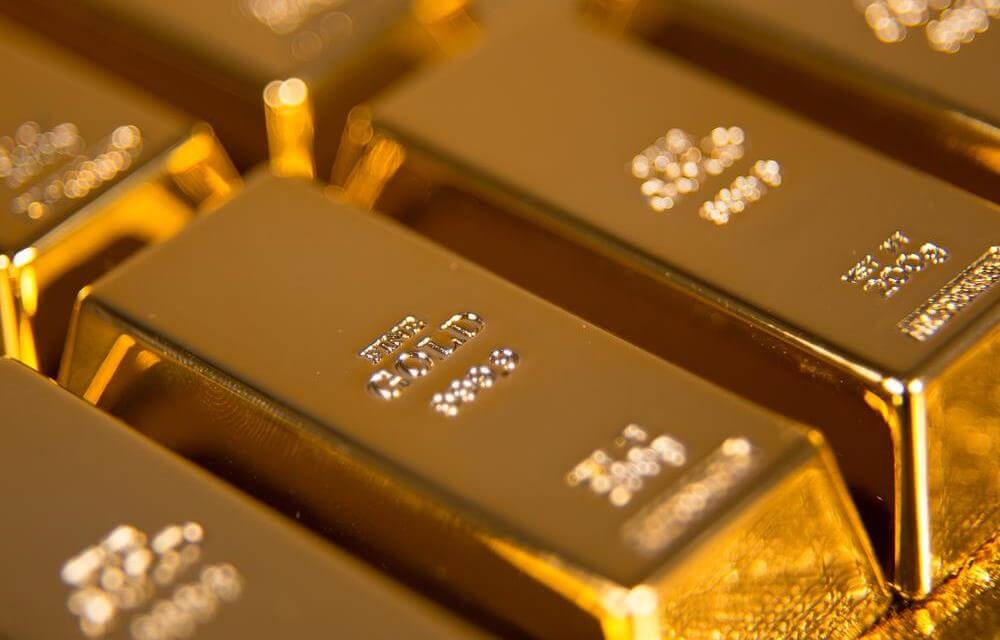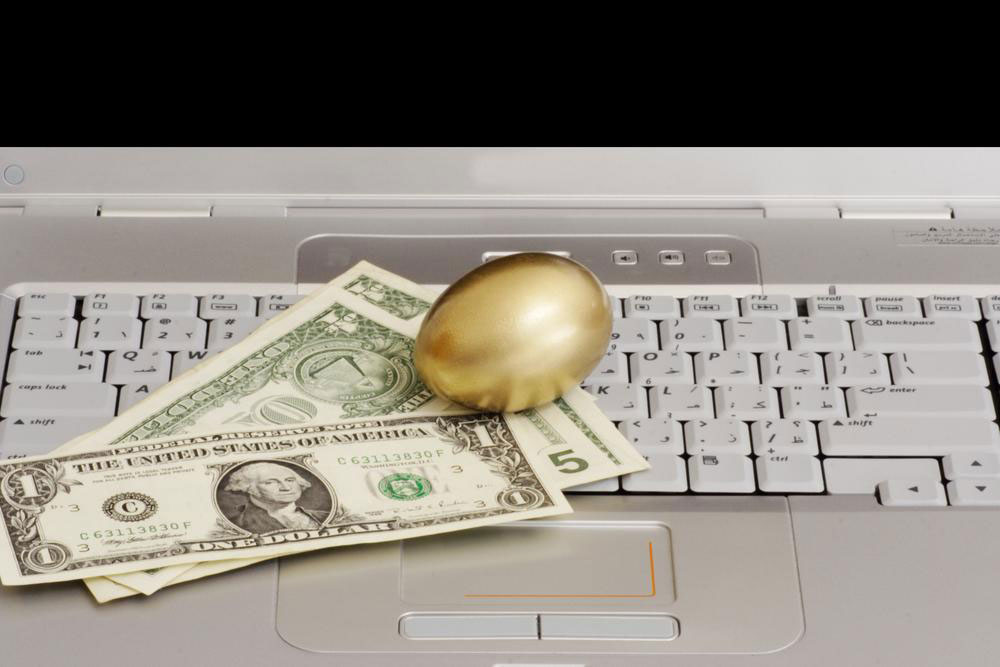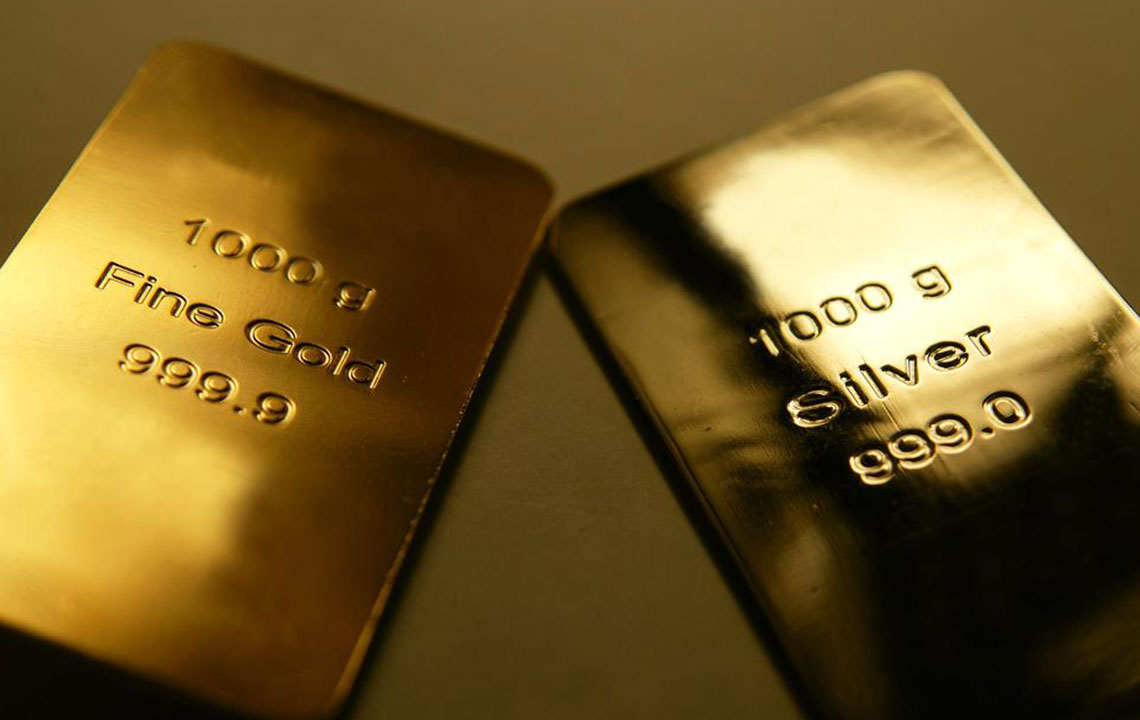Comprehensive Guide to Investment Funds in the Mining Industry
This comprehensive guide explores investment funds in the mining industry, detailing key options like the Tocqueville Gold Fund, Fidelity Gold Fund, and US Global Investors Fund. It discusses their investment strategies, benefits, risks, and how investors can leverage these funds for diversified exposure to precious and base metals. Perfect for investors seeking sector growth opportunities with managed risk, this article provides essential insights into mining-focused investment vehicles.

Comprehensive Guide to Investment Funds in the Mining Industry
Investment opportunities within the mining sector have garnered increasing attention from investors aiming to diversify their portfolios and capitalize on the growth potential of precious and base metals. The mining industry is a vital component of the global economy, offering a range of investment products designed to meet various risk and return preferences. Among these, investment funds—especially mutual funds concentrated on metals—stand out as a strategic choice for investors seeking exposure to the mining sector without direct ownership of mining assets.
Fundamentally, investment funds in the mining sector typically allocate capital towards a mix of mining company stocks, physical commodities, and sector-specific assets. These funds primarily target precious metals such as gold and silver, but often expand their holdings to include other essential base metals like copper, nickel, zinc, and platinum—each playing a crucial role in various industrial applications. The core aim is to provide investors with a balanced opportunity for sector growth while managing associated risks through diversification.
One key aspect of these funds is their investment in mining companies involved in extracting and processing metals. By investing in these companies, funds offer a proxy for the performance of the metals themselves, which tend to fluctuate based on global economic conditions, geopolitical stability, and demand from industries such as technology, construction, and manufacturing.
Popular investment options within this niche include notable mutual funds and ETFs tailored to precious metals. For example, the Tocqueville Gold Fund (TGLDX) invests roughly 9% of its assets directly in physical gold, providing a hedge against inflation and economic uncertainty. The remaining portfolio is heavily weighted towards mining companies including Ivanhoe Mines, Iamgold, and Randgold Resources, which are leaders in exploration, extraction, and processing of gold and other valuable metals. This composition allows investors to benefit from both the rise in metal prices and the operational improvements of mining companies.
Another prominent fund is the Fidelity Select Gold Fund (FSAGX), known for its relatively low expense ratio and its focus on companies engaged in gold mining, bullion, and coin production. Its major holdings include established firms like Goldcorp, Eldorado Gold, and Newcrest Mining. This fund tends to appeal to investors seeking exposure to gold with a manageable fee structure, while also enjoying the potential for appreciation driven by sector growth.
Furthermore, the U.S. Global Investors Gold and Precious Metals Fund (USERX) adopts a broader approach by investing across various precious metals, with a primary emphasis on gold but also including platinum and silver companies, which constitute over 10% of its holdings. Noteworthy investments in this fund encompass firms such as Royal Gold, Klondex Mines, and ETFS Physical Platinum. This diversification across different metals and mining operations aims to reduce risk and capture opportunities across the precious metals market. However, investors should note that the fund charges an expense ratio of approximately 1.54% and a short-term trading fee of 0.5% for holdings sold within ten months, reflecting the cost of active management and liquidity considerations.
Investing in mining funds offers several benefits, including exposure to commodities that can hedge against inflation, diversification benefits, and potential high returns during periods of commodity price surges. Nevertheless, these investments carry risks such as fluctuating metal prices, geopolitical instability in mining regions, regulatory changes, and operational challenges faced by mining companies. Therefore, prospective investors should assess their risk tolerance and investment horizon before committing capital to mining-focused funds.
For investors interested in the mining sector, understanding the various funds available and their specific strategies is essential for making informed decisions. It is advisable to examine each fund’s holdings, expense ratios, historical performance, and management approach. Consulting with financial advisors or conducting thorough research can help align investment choices with personal financial goals and risk appetite.
In conclusion, investment funds in the mining industry provide a compelling avenue for capitalizing on the demand for precious and base metals. Whether through specialized mutual funds or ETFs, these investment vehicles give retail and institutional investors an accessible means to participate in the growth potential of the mining sector while managing risk through diversification. As global markets evolve, staying informed about sector trends, geopolitical developments, and commodity price movements remains crucial for maximizing investment outcomes in this dynamic industry.
